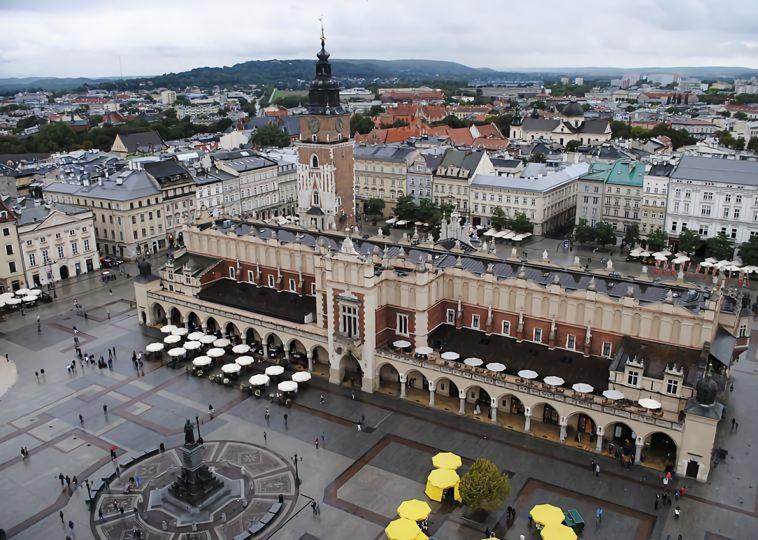5 Stuffs to View and Visit in Krakow, Poland

Krakow is not only a city of history but also a place rich in cultural events. Every year houses, the city Over 500 cultural events with 2 million viewers. There are also about 60 Krakow Museums, more than 30 theaters, 70 galleries, and many other cultural institutions. For years, unique cultural events, including new productions and festivals based on the Polish Card.
It includes such famous international events as the Misteria Paschalia and Sacrum Profanum. NETIA Off Camera, the Divine Comedy Theater Festival. Other Famous Cracovian festivals are the Jewish Culture Festival, International Street Theatrical Festival, and the Krakow Night Row, where even the Night of the Museums takes place, Theater Night, and Cracovia Sacra Night.
The Royal Road

The King’s Road is the ceremonial route that kings and other celebrities walked through Krakow, Poland’s capital. The Gothic Florianska gate of about 1300 and, since 1499, the mighty Barbican before her (both have completely survived with the adjacent city walls and towers). From the gate, Florianska Street, as always Krakow’s busiest, leads to the central square.
The road ends at the foot of the Gothic Basilica of the Virgin Mary from the 14th century, the most famous church in the city. In the southern corner of the square is a small 11th-century church: the St. One block down Grodzka Street, a square is flanked by two large temples from the 13th century.
Auschwitz Memorial

The Auschwitz Birkenau Memorial and Museum is the resting place of some 1.5 million people. The site once served as a concentration camp and extermination site for the European Jewish community during the Second World War. Today, Auschwitz-Birkenau is an important historical area where visitors can contemplate the great horrors of genocide.
This is a grim place to visit (to say the least), and proper ceremony and respect are required on the museum grounds. Although you can arrive independently, guided Auschwitz tours can provide better education, understanding, and insights from a tour guide. Discover the history of Auschwitz on a full-day trip to Krakow’s Auschwitz-Birkenau complex in Oswiecim.
Wawel Castle

The glorious Wawel Ensemble perched on the hill of the same name just south of the Old Town. Wawel offers a unique Polish version of the British Buckingham Palace and Westminster Abbey rolled in one, symbolizing national pride, hope, autocracy, and fierce patriotism. Wawel is a beautiful collection of predominantly Romanesque.
Renaissance and Gothic architecture around the 14th century is the crown jewel of Krakow’s architectural treasures and requires visitors for Poles and foreigners alike. Poland’s ancient royal seat contains a wealth of riches in its heavily fortified walls that can not help but inspire. The castle and the cathedral, of which the first.
Underground Museum

Rynek Underground is an underground route between medieval market stalls and other spaces below Krakow’s Market Square. Rynek Underground is one of the most visited museums in Poland, so if you want to go, book your tickets in advance. Much information about the history of Krakow’s main square, the Cloth Hall, and St. Mary’s Church was exhibited.
The museum is well-organized with fascinating information and exhibits of old Krakow discovered under the present-day old main square. This museum, also known as The Old Market Underground or Rynek Underground, arose from an archaeological excavation on the main square in 2009. These remains were incorporated into an underground museum along with a reconstruction of a merchant’s stall and a workshop.
Wieliczka Salt Mine

In 1978, the Wieliczka Salt Mine was declared a World Heritage Site by UNESCO and was first discovered in the 15th century. The city of Wieliczka in Poland is home to one of the oldest salt mines in the world, which produced salt from the 13th century to 2007.
The mine, popularly known as the “Subterranean Salt Cathedral of Poland,” is 327 meters deep and nearly 300 kilometers long, with numerous underground galleries. These labyrinthine galleries have various rooms and chapels carved in salt with beautiful sculptures that reflect the history of the quarry.


